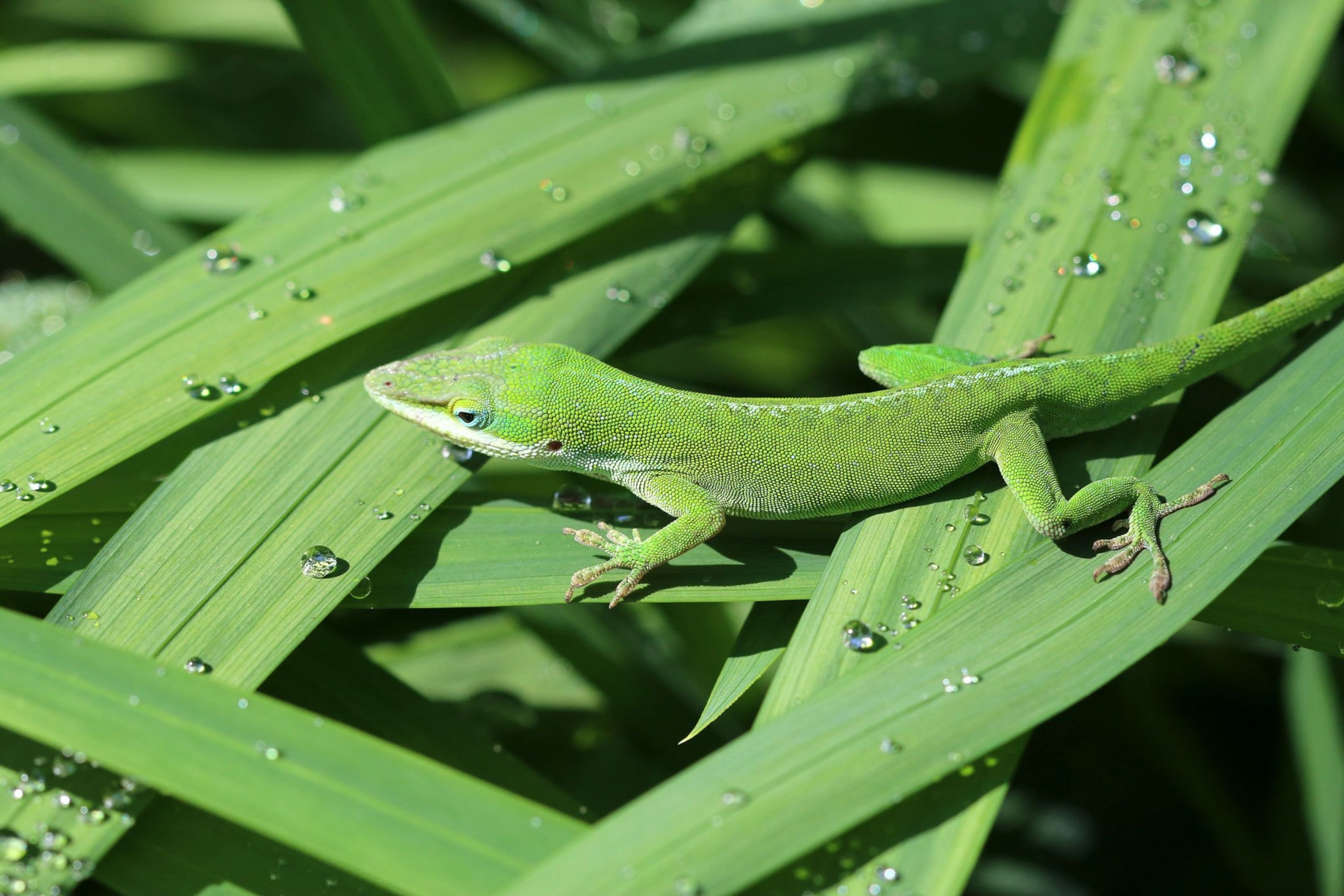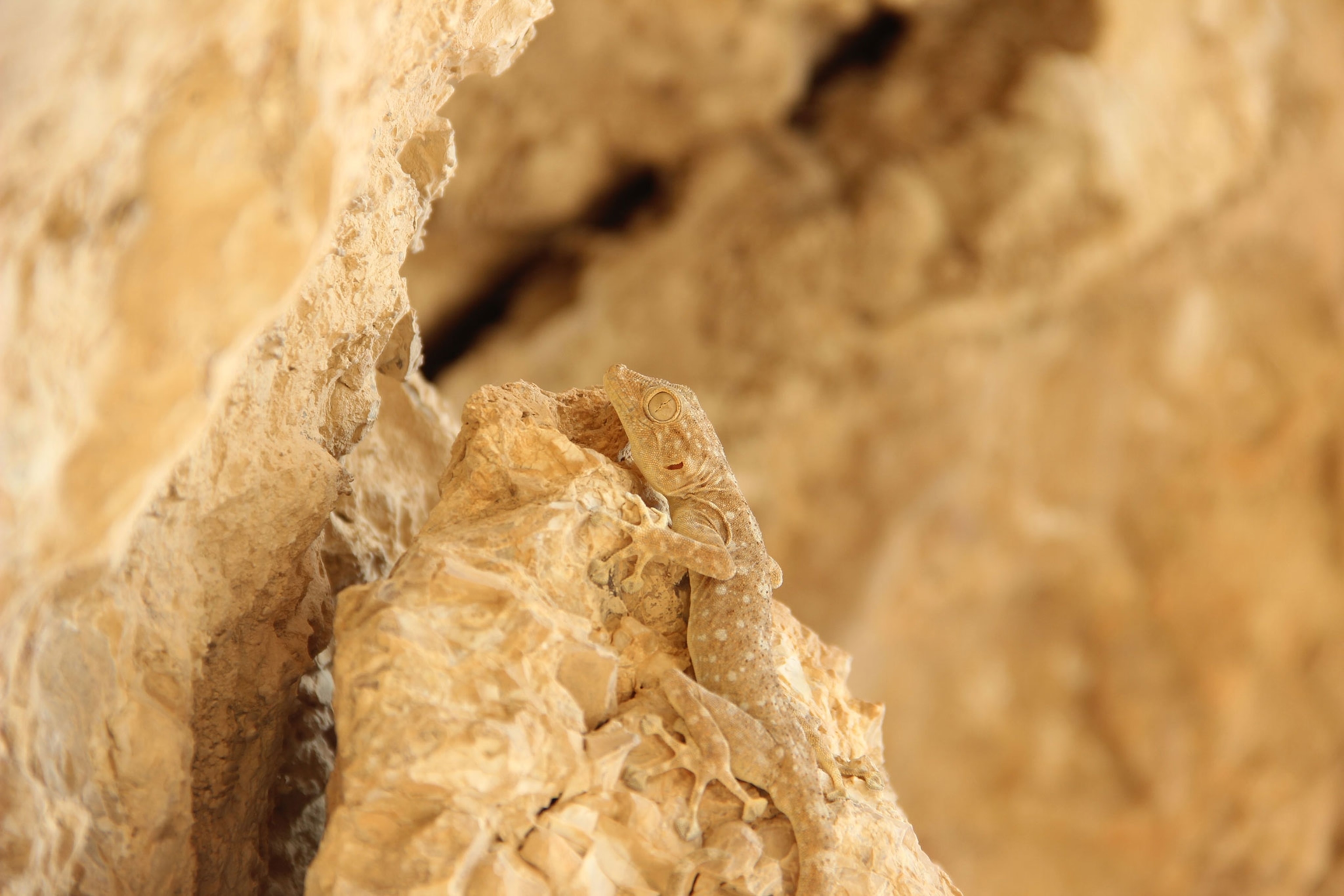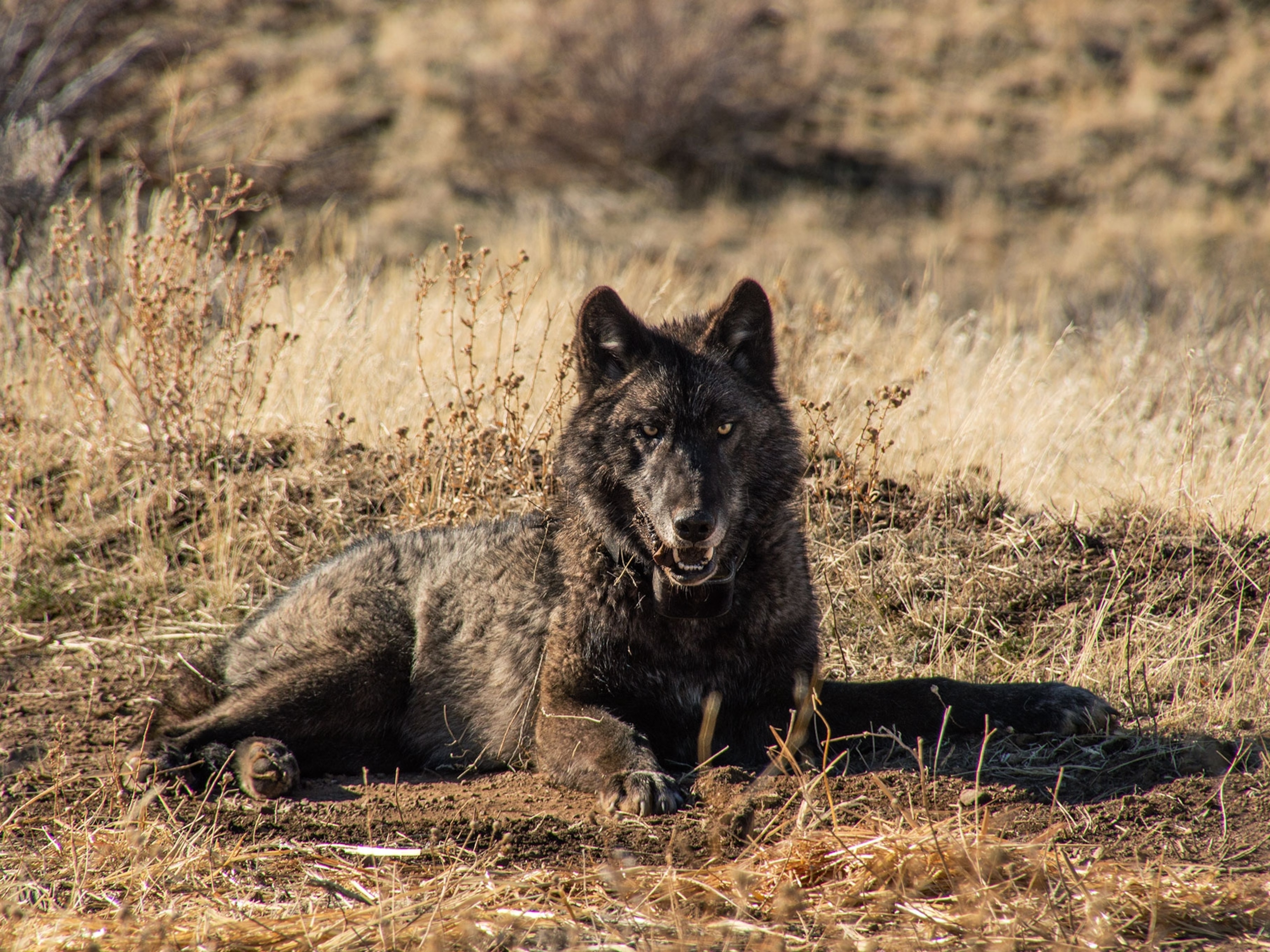Den of Mountain Lion Kittens Found in Unlikely Place
National Park Service researchers discovered a litter of four cougar kittens near California’s Simi Hills, an area surrounded by highways.
Biologists in Southern California caught their first glimpse of Simi Hills’ newest residents last week: four fluffy mountain lion kittens. The all-female litter is the first scientists have documented in the Simi Hills, an area long devoid of the big cats due to its proximity to two major highways.
Because mountain lions—also known as cougars—typically den in caves and thick brush, locating their litters can be challenging. But this posse of blue-eyed, speckled kittens was easy to find. That’s because biologists from the National Park Service outfitted their mother, known as P-62, with a GPS collar back in February, so they could track her movements.
When biologist Jeff Sikich noticed P-62’s movements had become highly localized, he began to suspect that the young mother was getting ready to give birth to her second litter. After locating the den, Sikich and his team waited patiently for a chance to inspect the kittens while their mom was away.
On June 11, they finally got their chance. The team found the litter nestled in a small cave on the grounds of the Santa Susana Field Laboratory, a decommissioned nuclear power and weapons testing facility. The researchers performed health checks and attached identification tags to the ears of each kitten. The kittens, named P-66, P-67, P-68, and P-69, appeared to be four and a half weeks old and in perfect health.
A Difficult Journey
“This is the first litter we have marked at the den in the Simi Hills, which happens to be a critical habitat linkage between the Santa Monica Mountains and larger natural areas to the north,” said Sikich in a statement.
Scientists estimate that 10 to 15 mountain lions live in and around the Santa Monica Mountains, but individuals rarely settle in the Simi Hills because the rocky mountain range, which lies on the outskirts of Los Angeles County, is surrounded by highways and roads. In order to reach this area, P-62 had to cross either highway 101 or 118, a journey few cats survive.
At least 17 mountain lions have been fatally struck by vehicles near the Simi Hills since 2002, according to Santa Monica Mountains National Recreation Area officials. Last year, a mother and two of her three kittens were killed during an attempt to cross a stretch of highway 118 only a few miles north of P-62’s den.
A New Path Forward
Aside from one footbridge on highway 118, frequented by hikers and horseback riders, there are no bridges or tunnels that allow wildlife to cross into the Simi Hills safely. Seth Riley, a wildlife ecologist for Santa Monica Mountains National Recreation Area, says the agency has been working with a number of partner organizations to establish a wildlife overpass along highway 101.
“We’re working on it, but it’s an expensive proposition,” says Riley. “No one has ever put a wildlife overpass over a freeway that was this big and busy.”
Building a wildlife crossing along the stretch of highway 101 that lies beneath the Simi Hills, portions of which extend 10 lanes across, would cost tens of millions of dollars.
According to Riley, the National Park Service will be keeping a close eye on P-62 and her kittens. By monitoring the movements of mountain lions in and out of the Simi Hills, scientists like Riley can determine where a wildlife overpass would be most effective.
“The goal of our [mountain lion] research is to try and better understand how these animals are making it in this urban landscape and to identify issues threatening their survival so we can address those issues,” says Riley.






















































